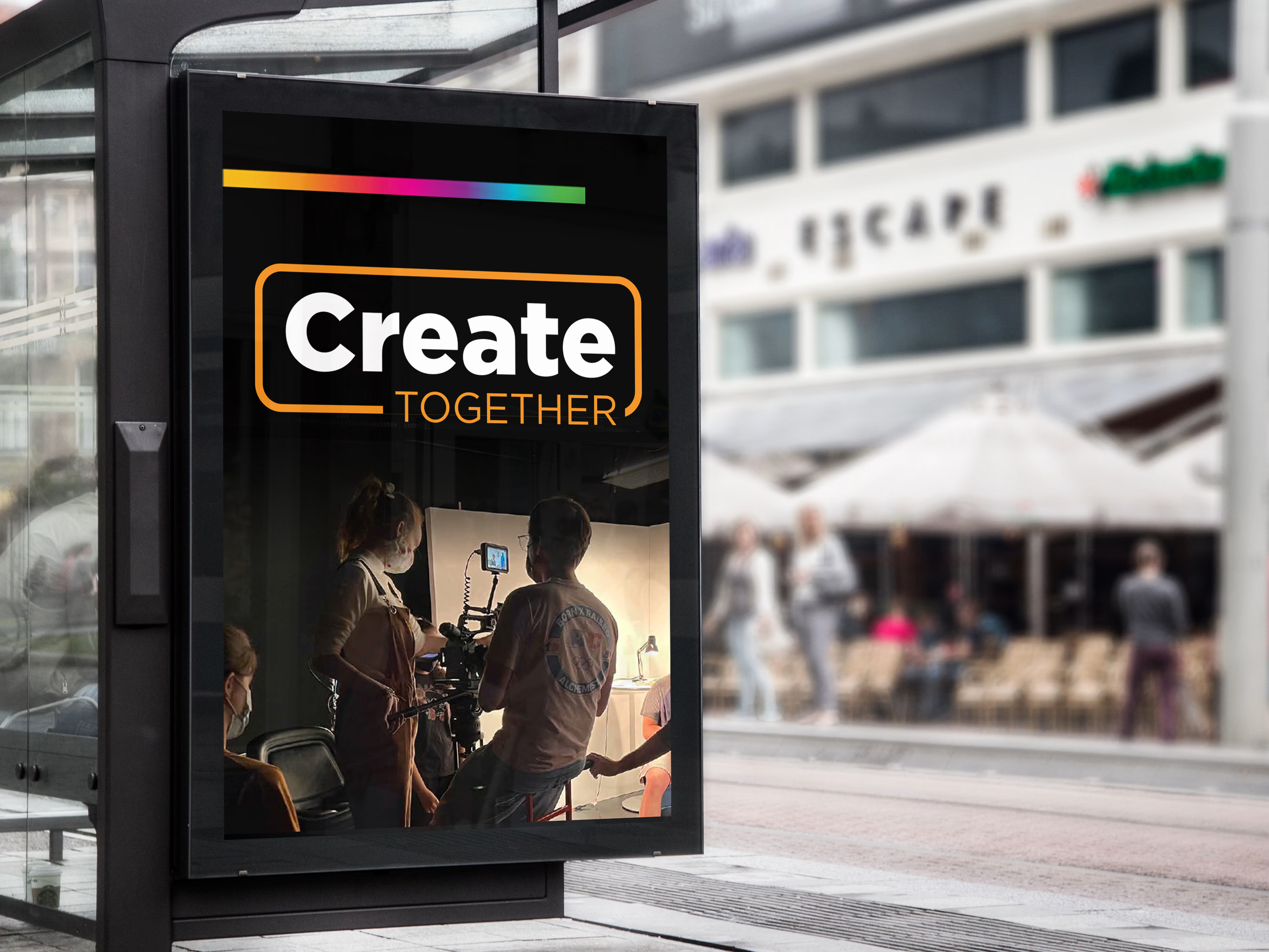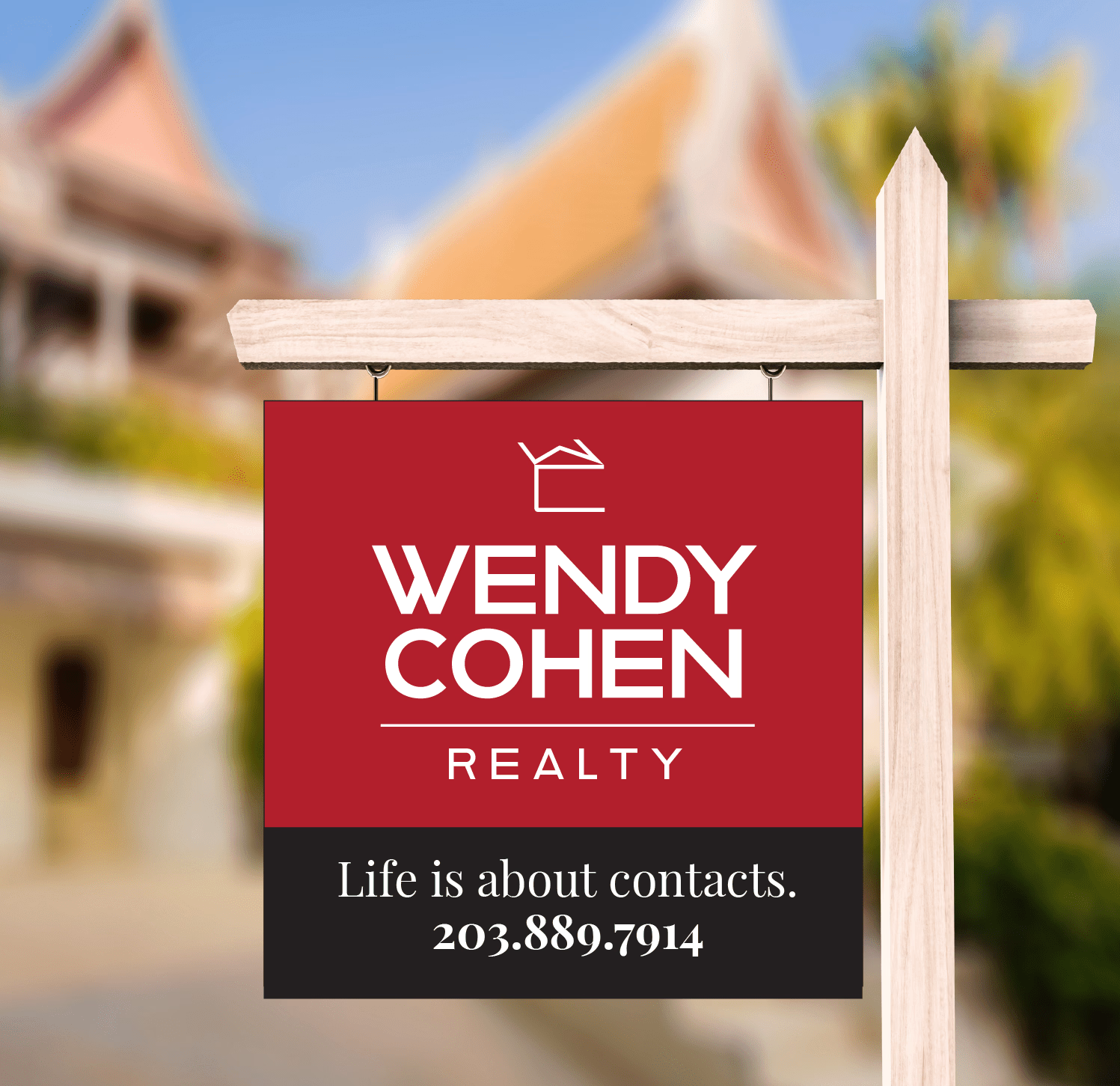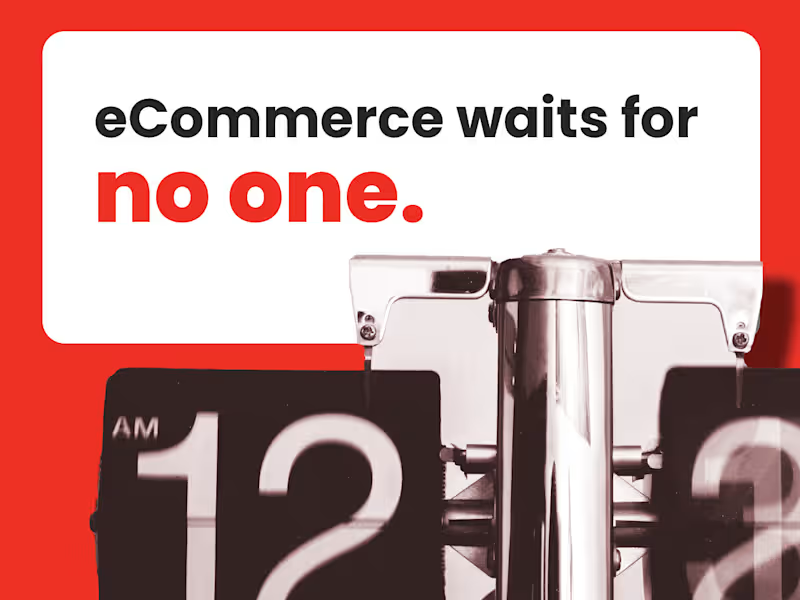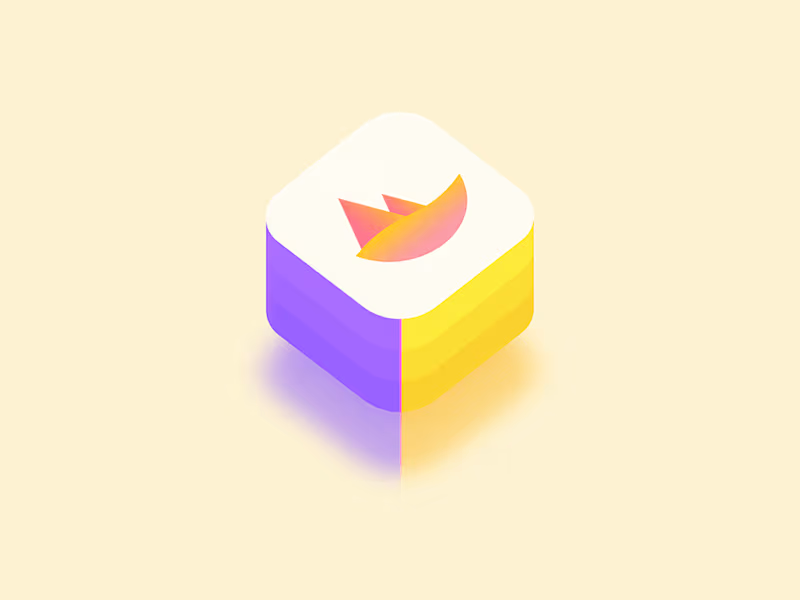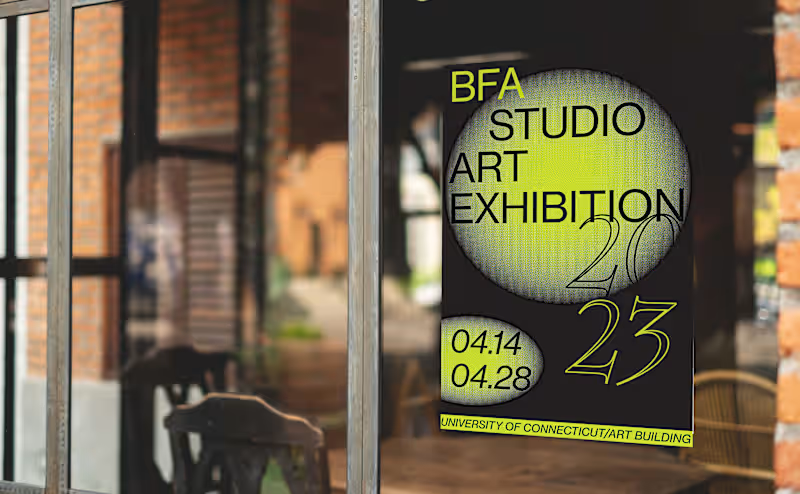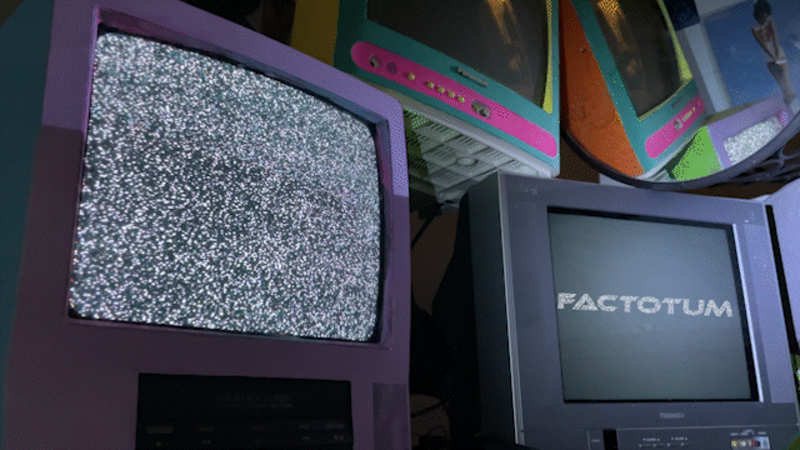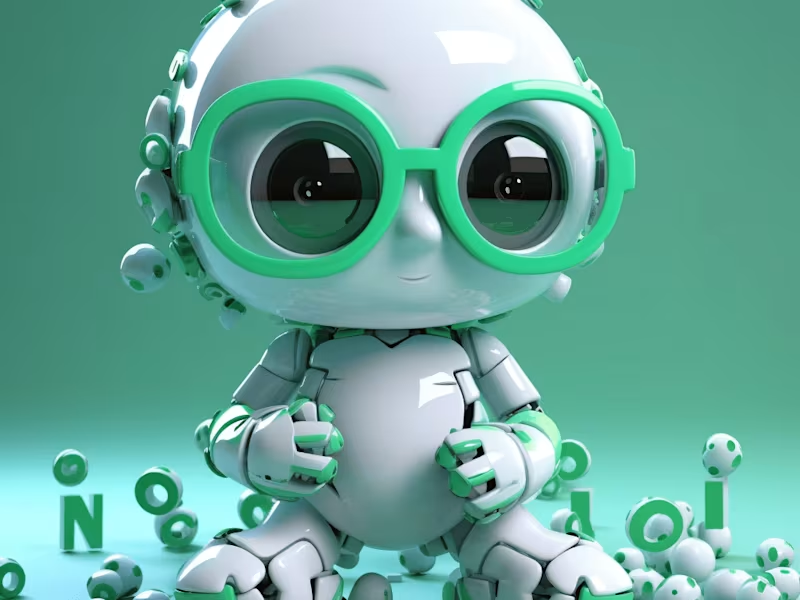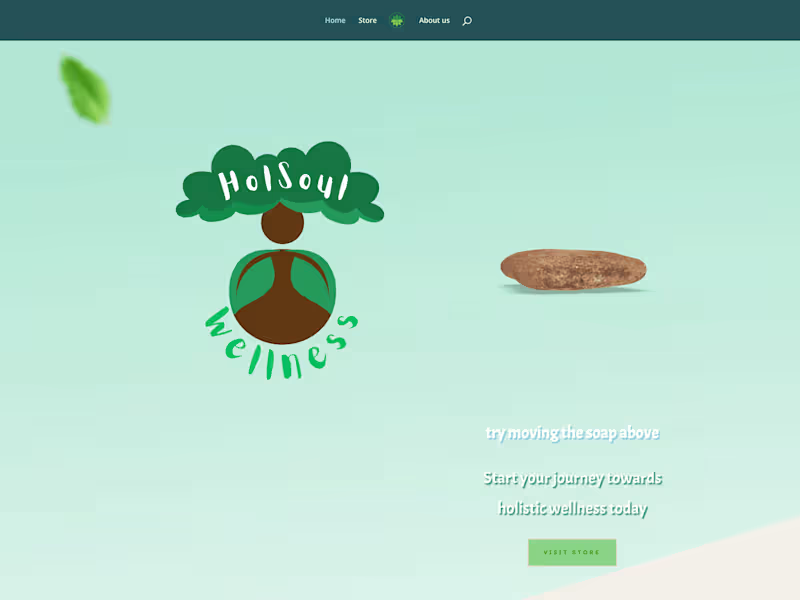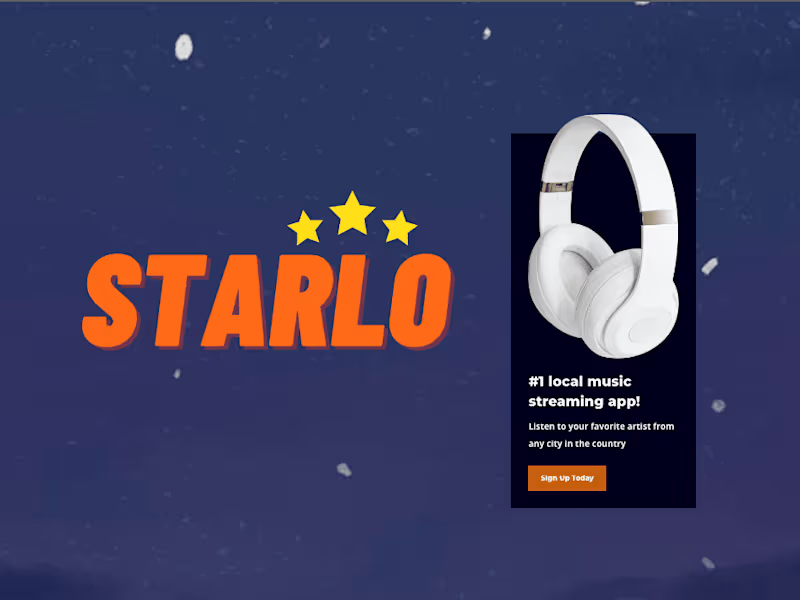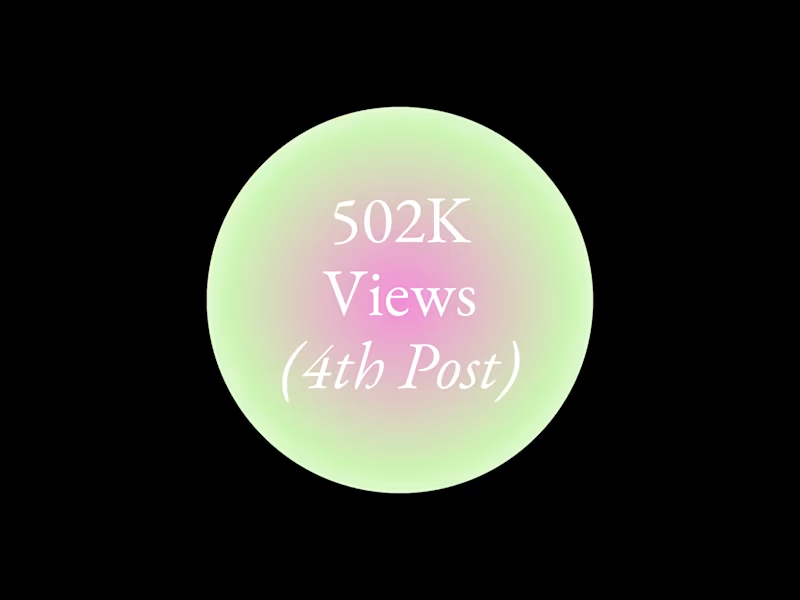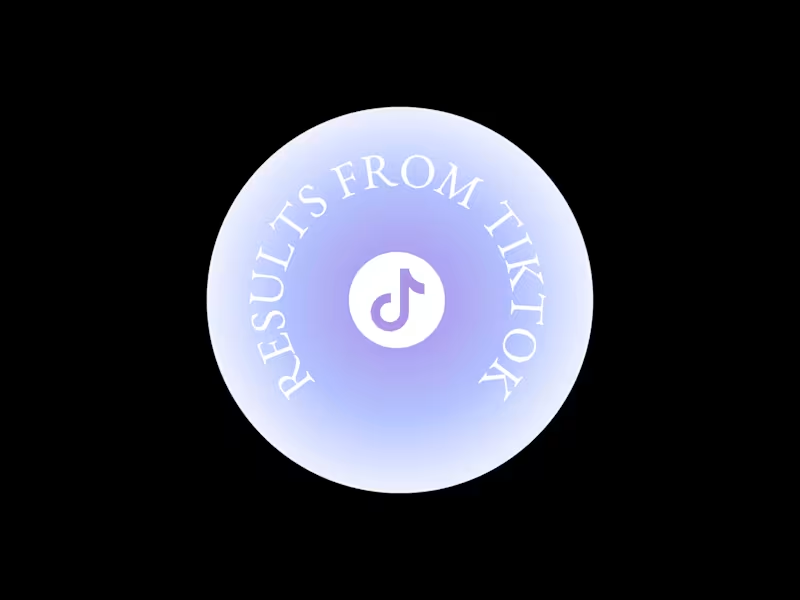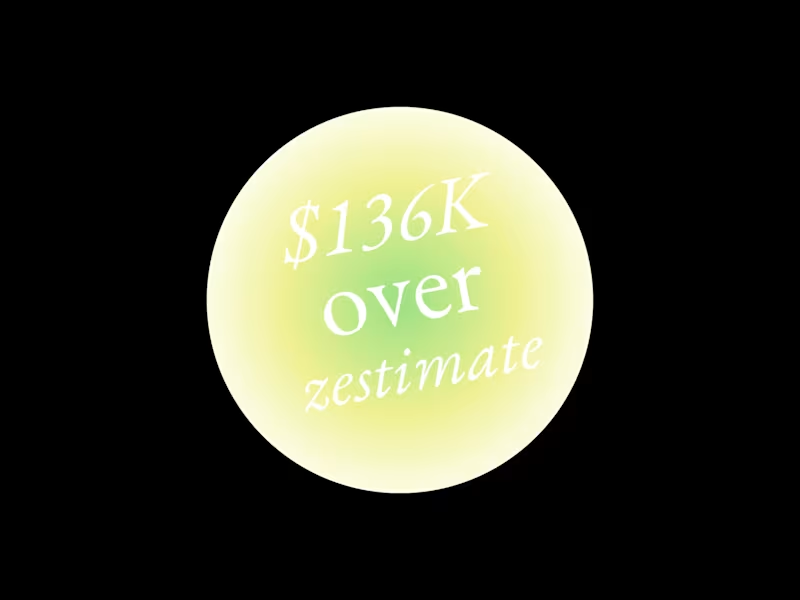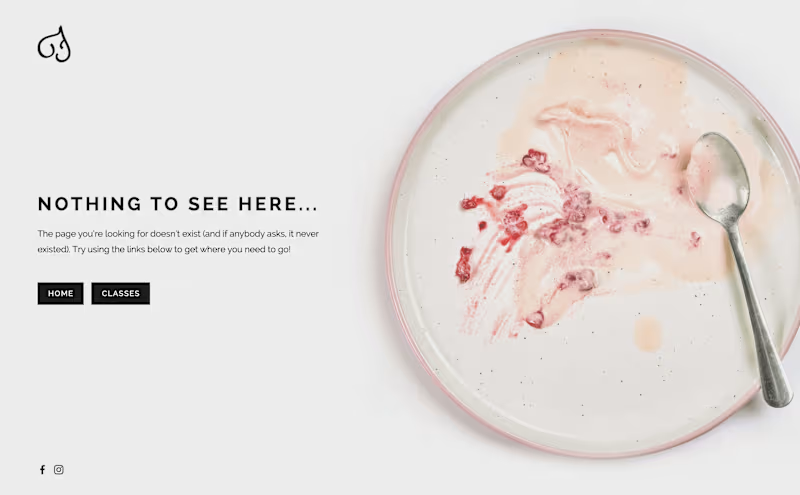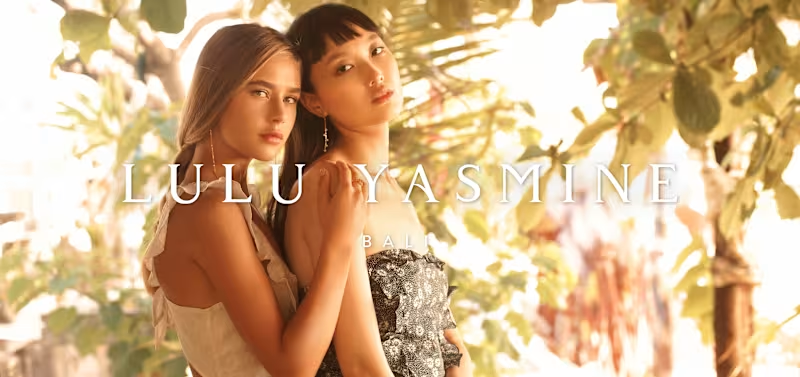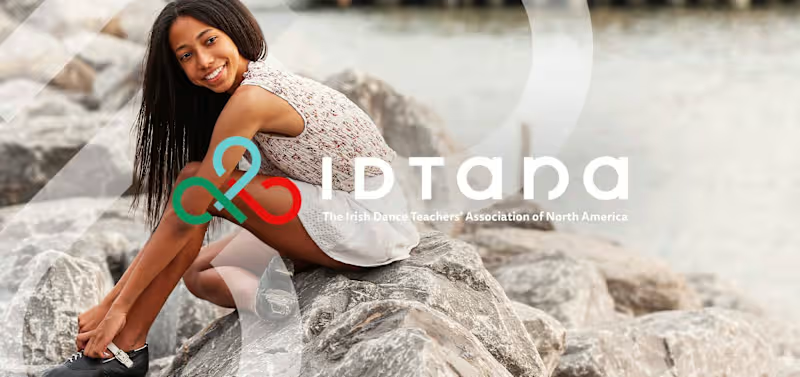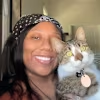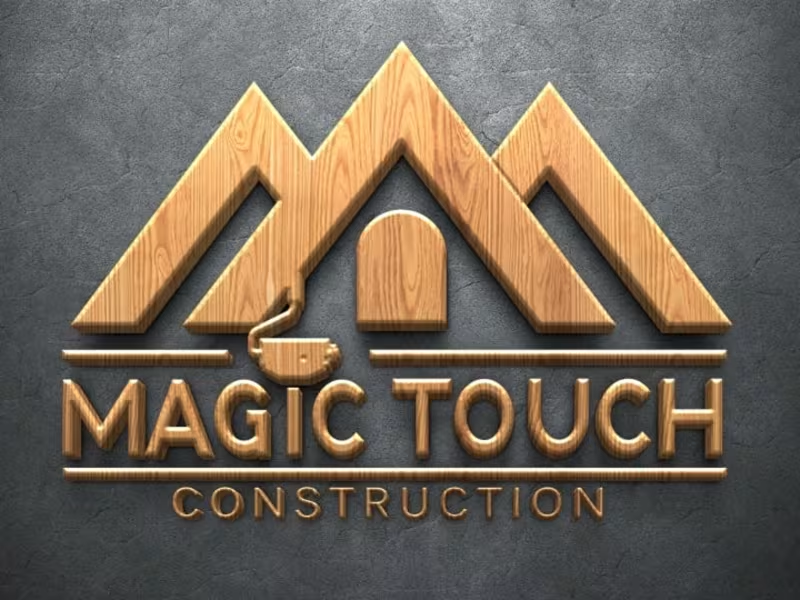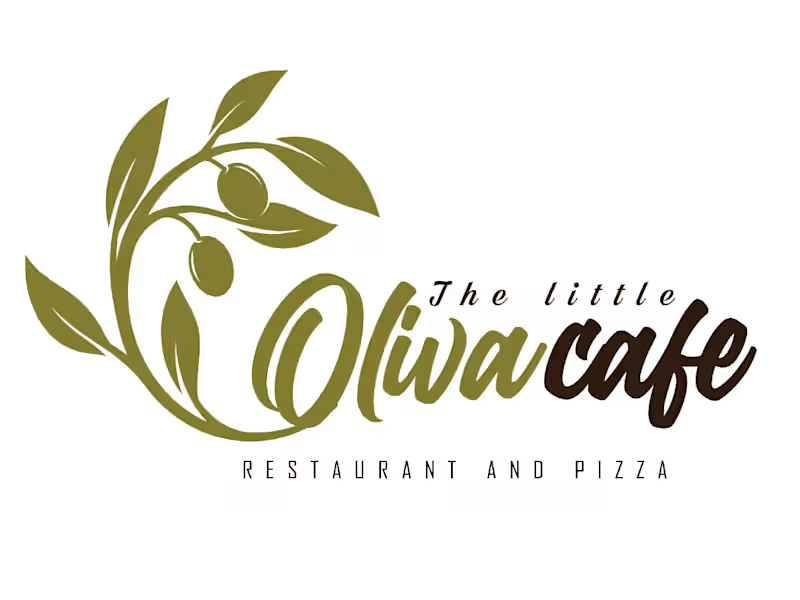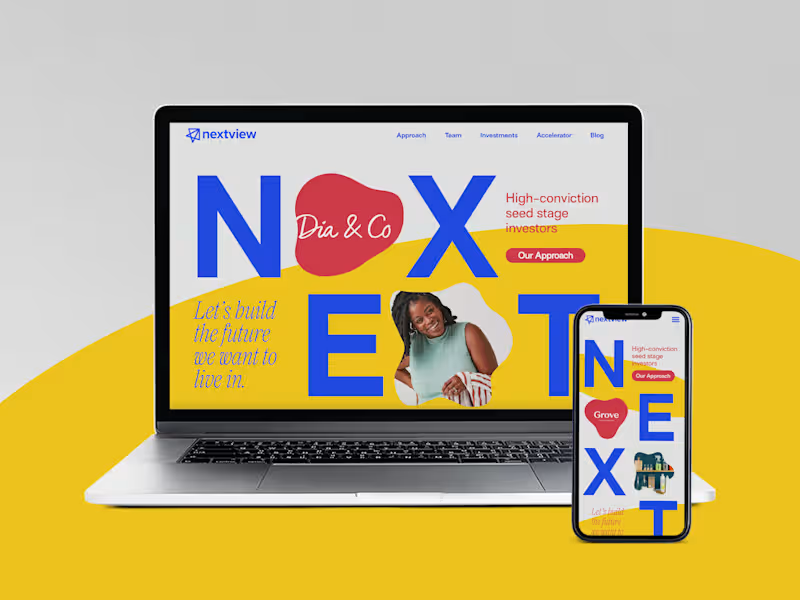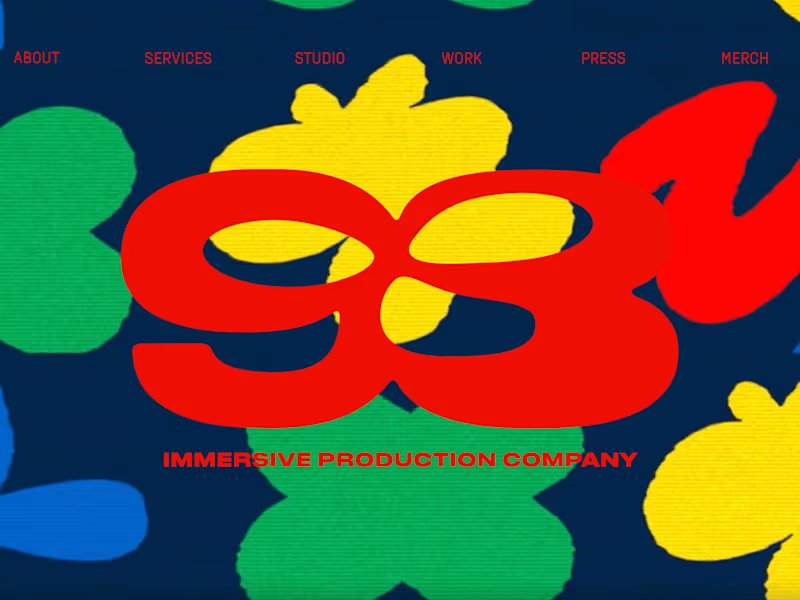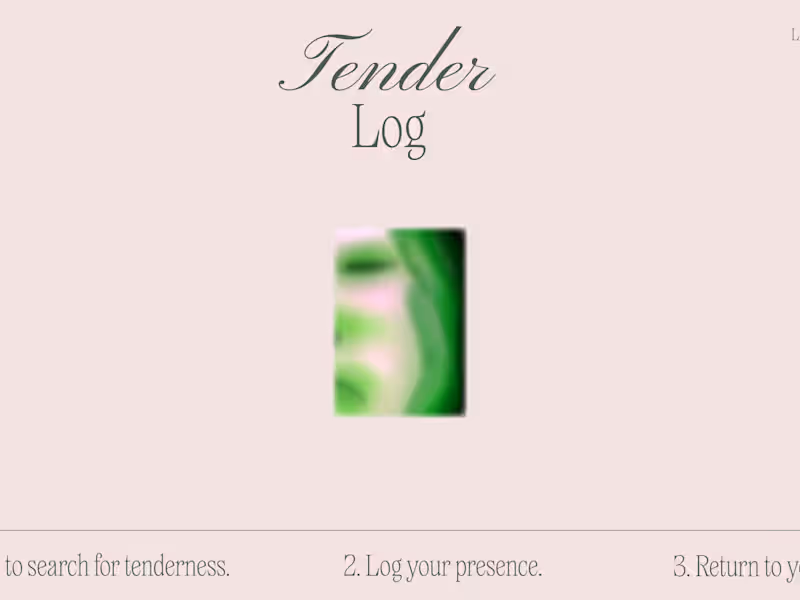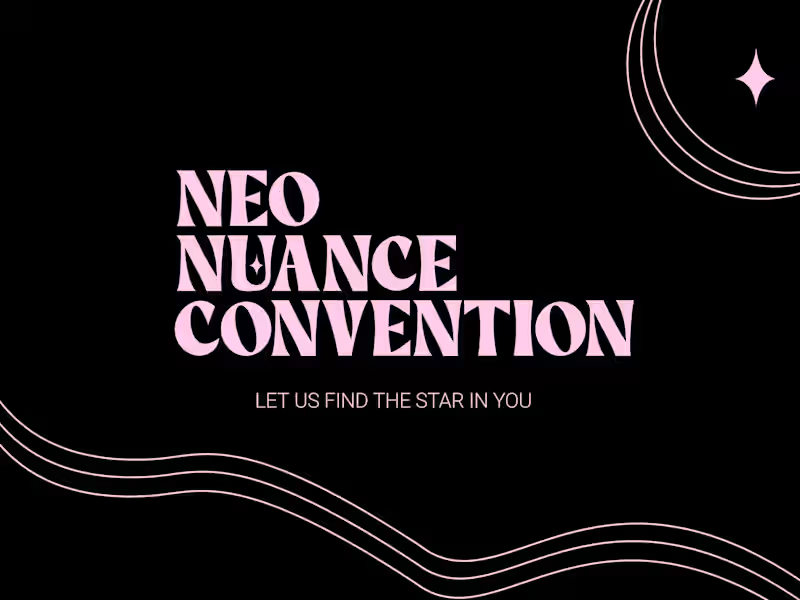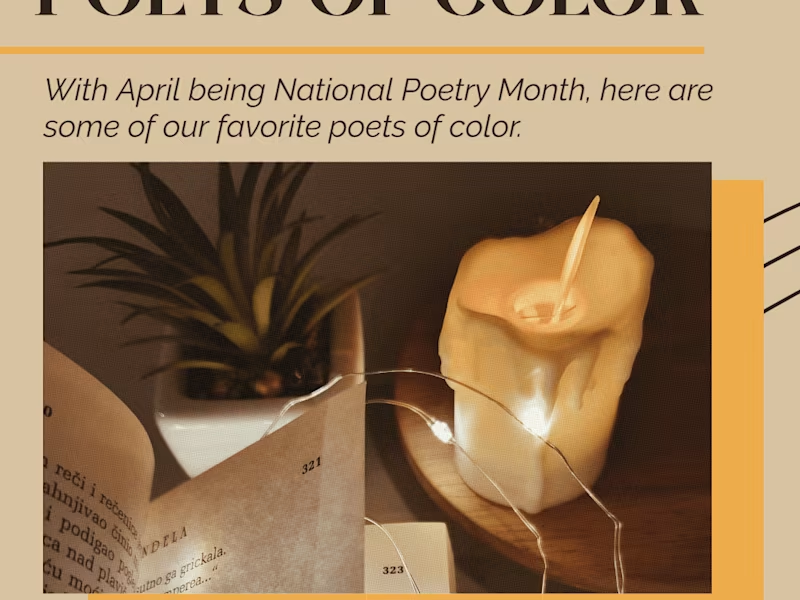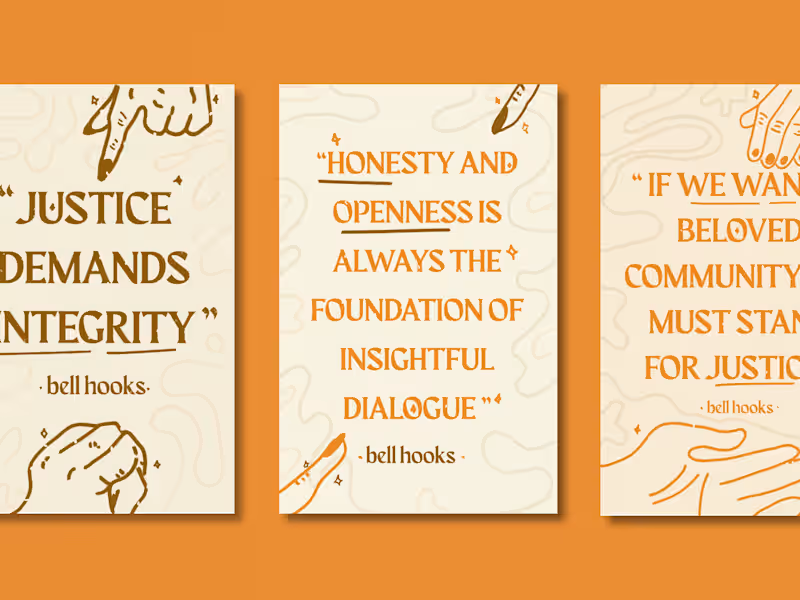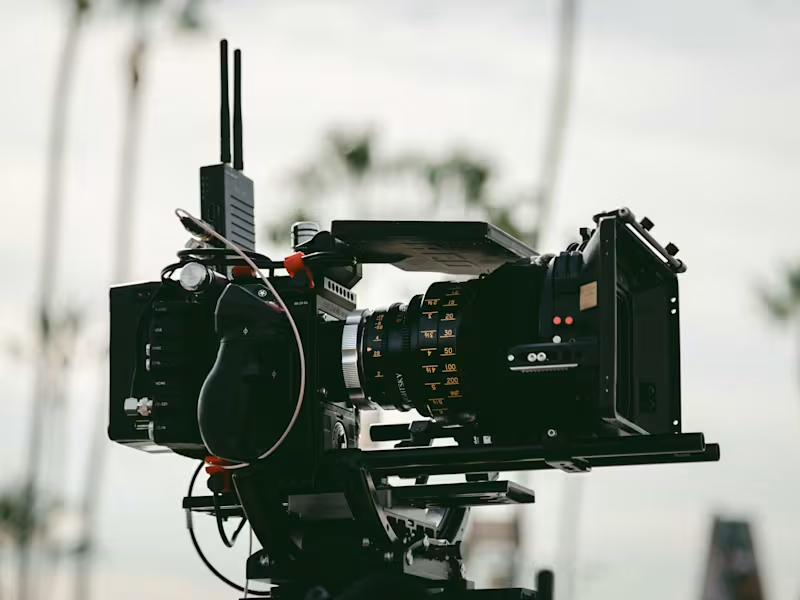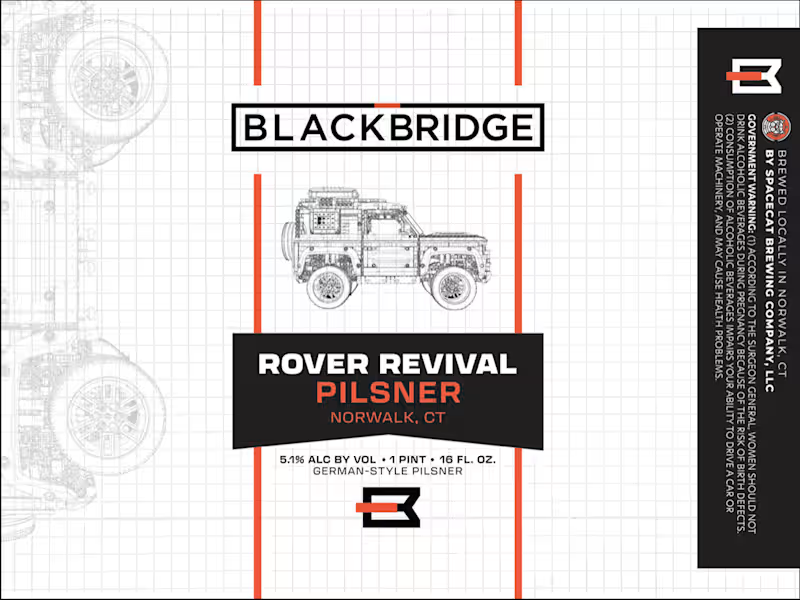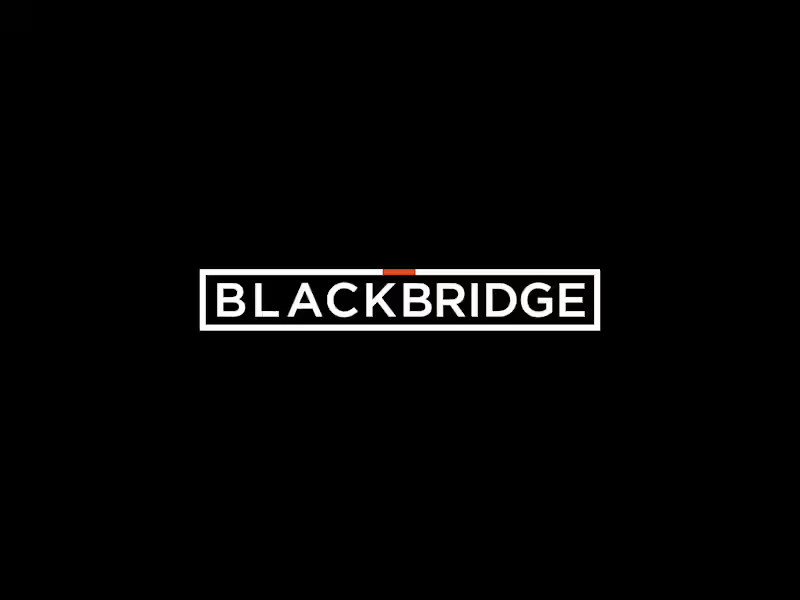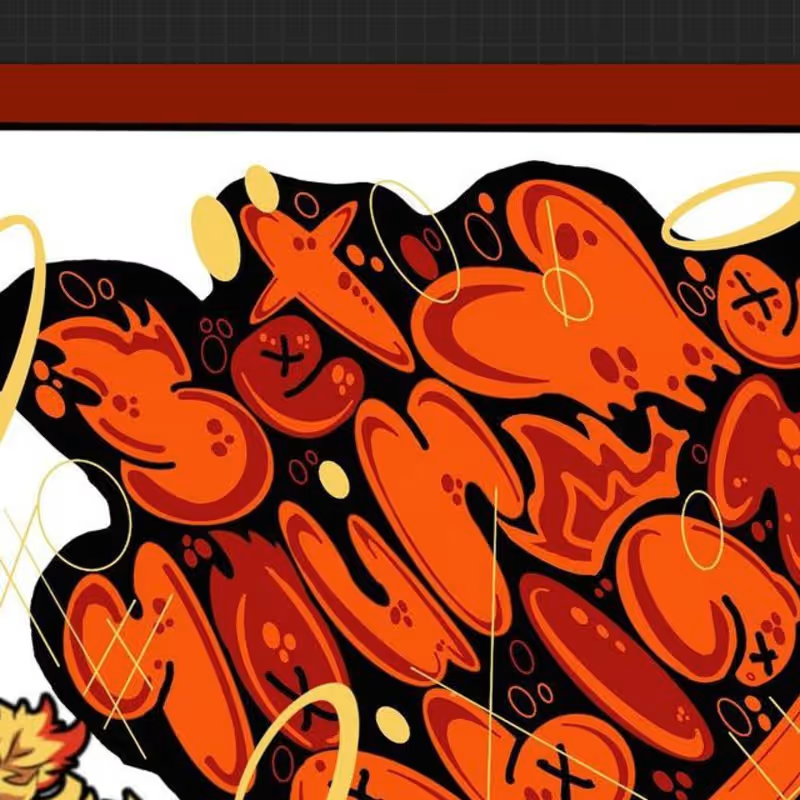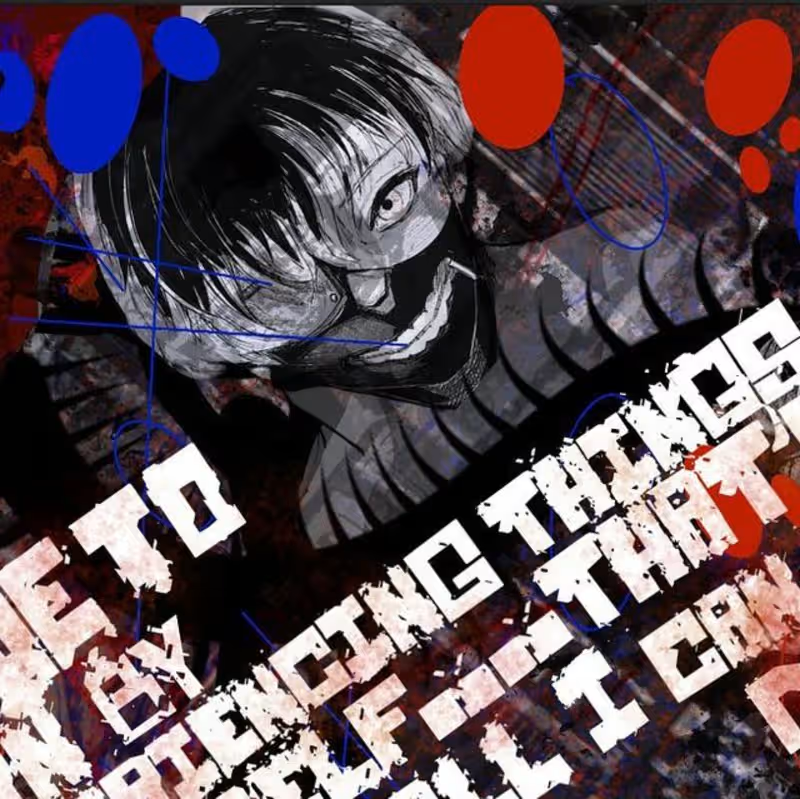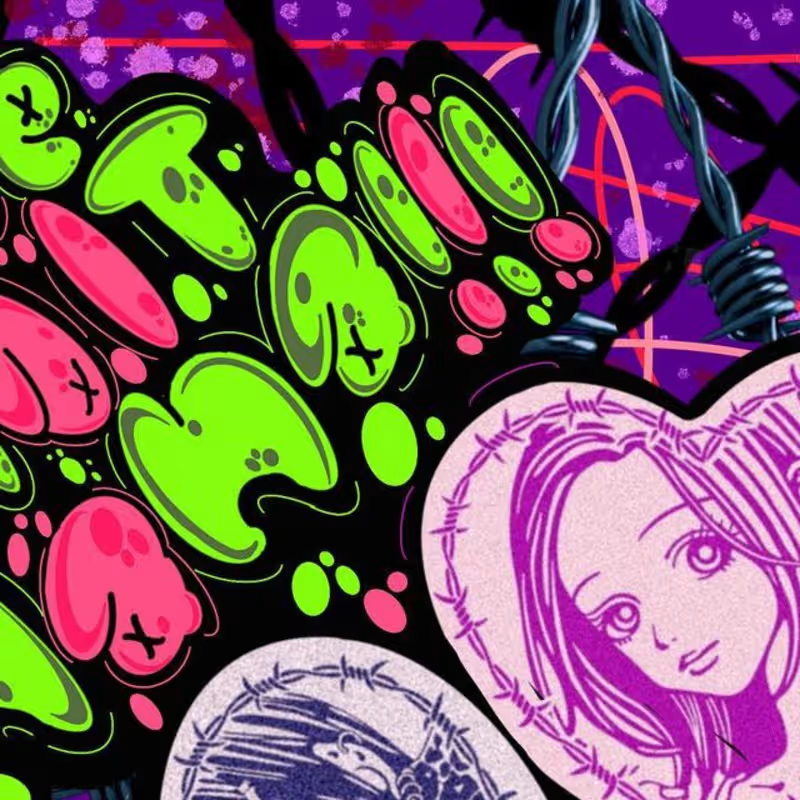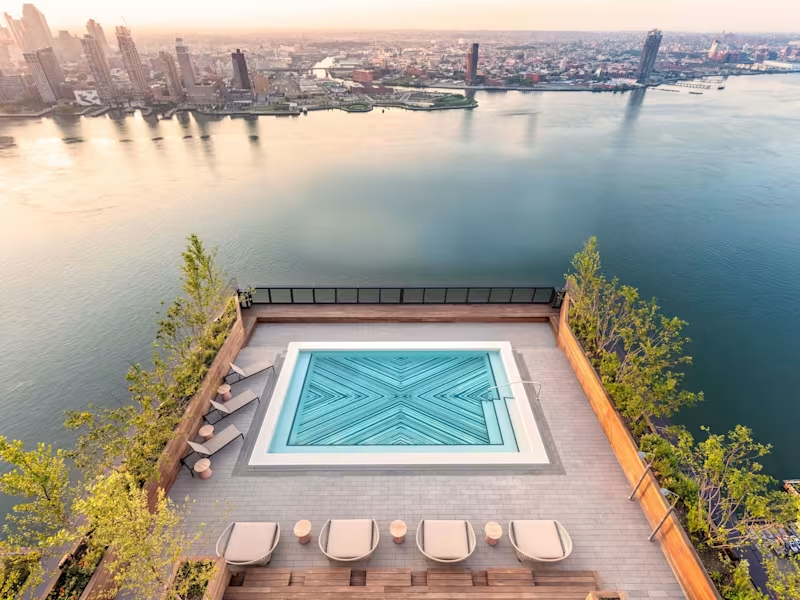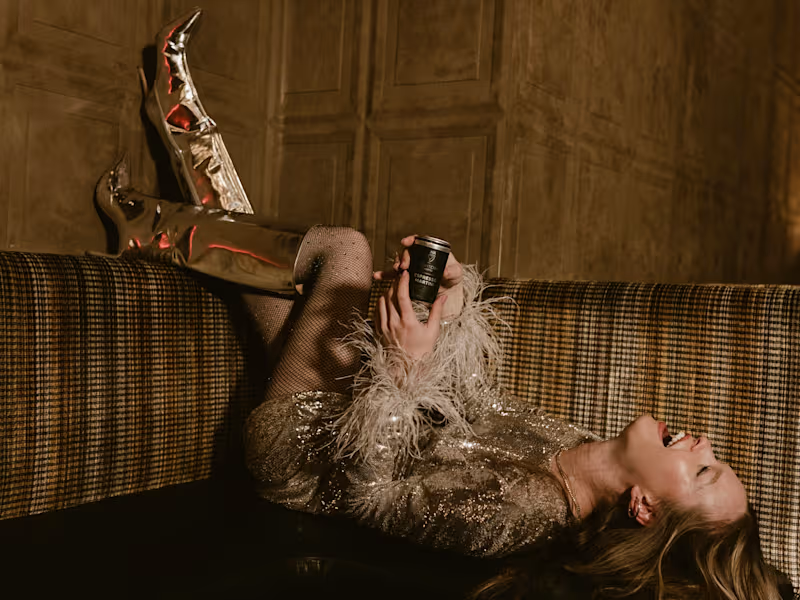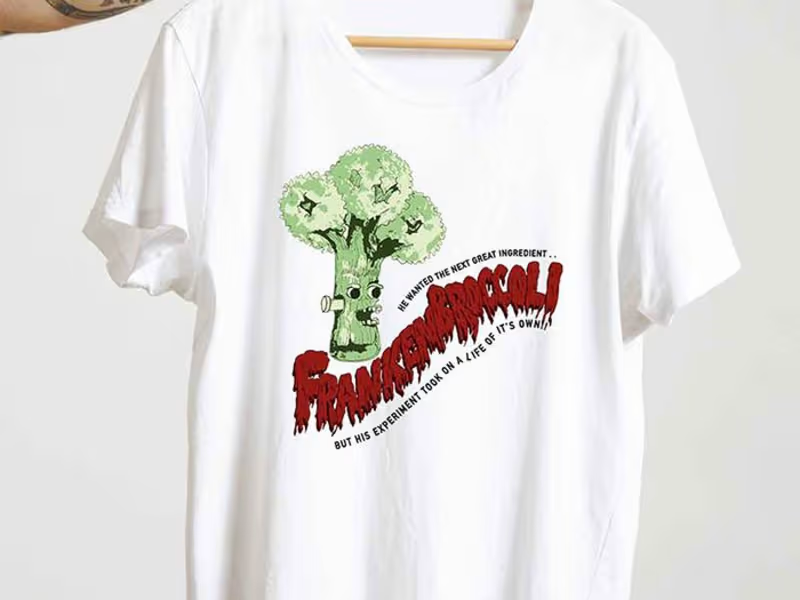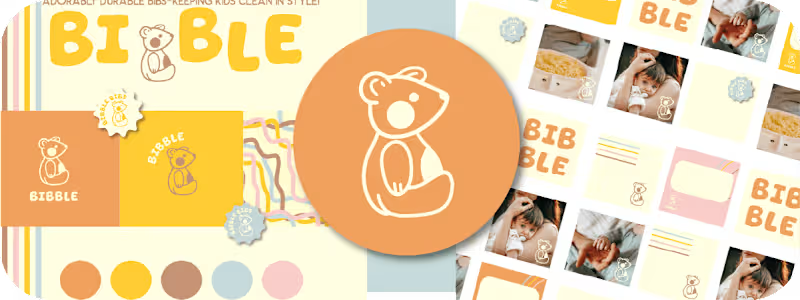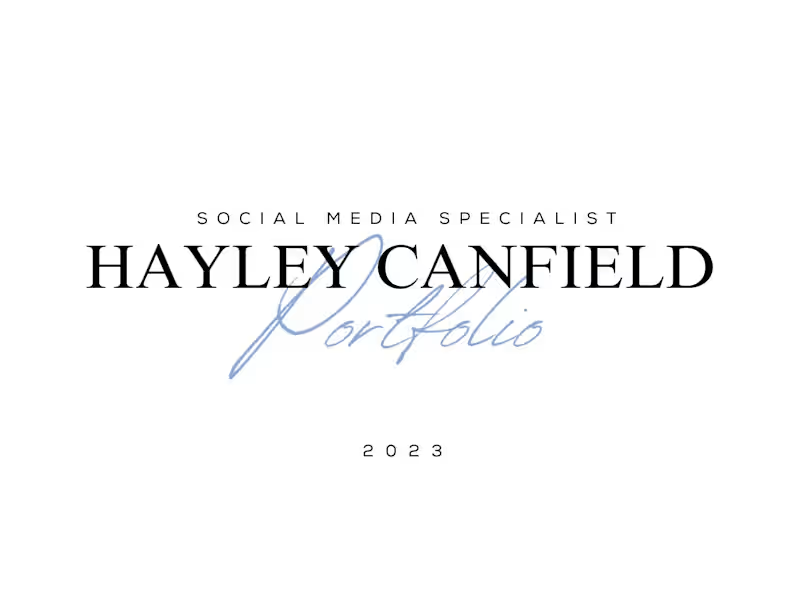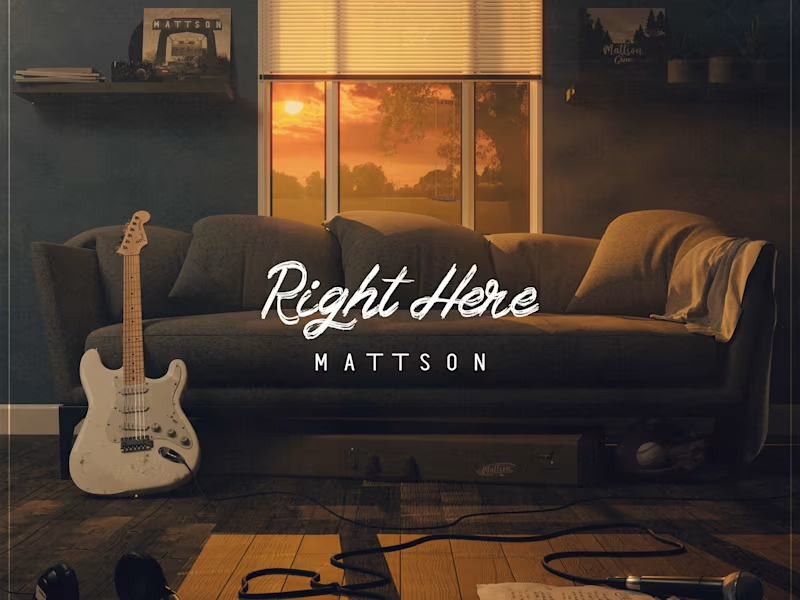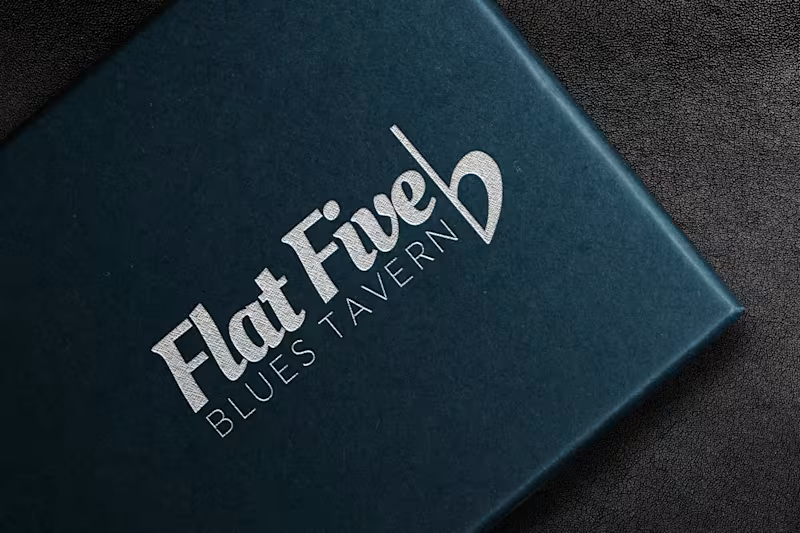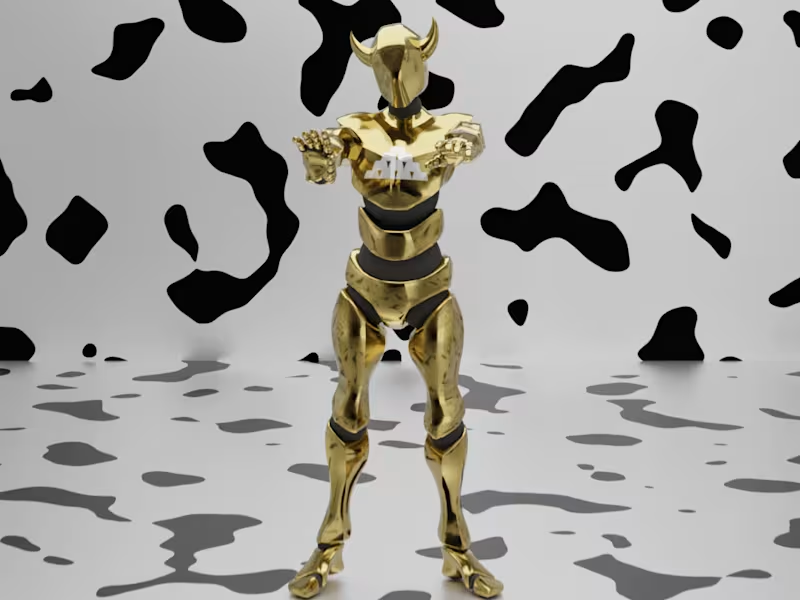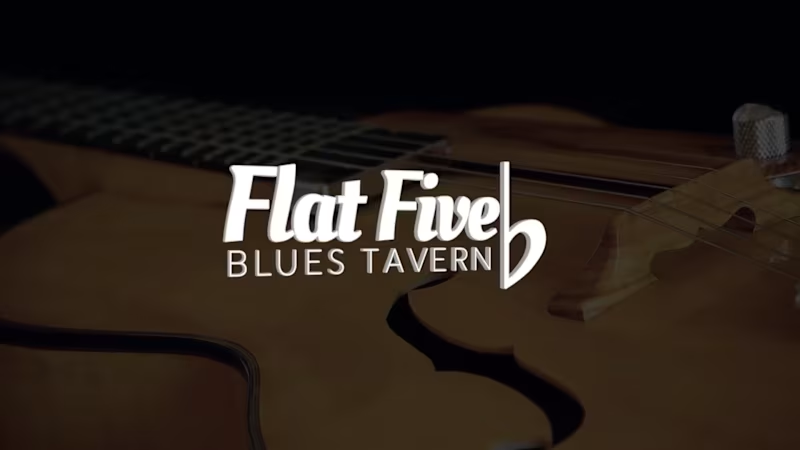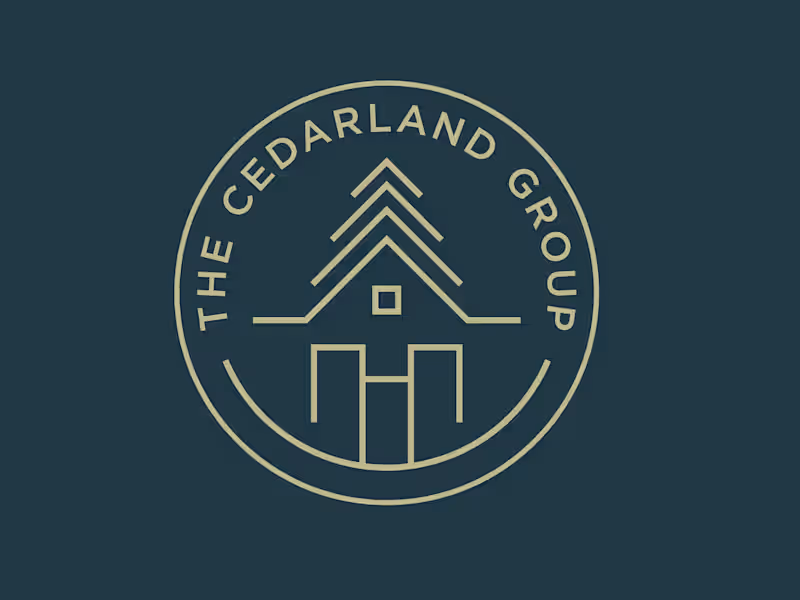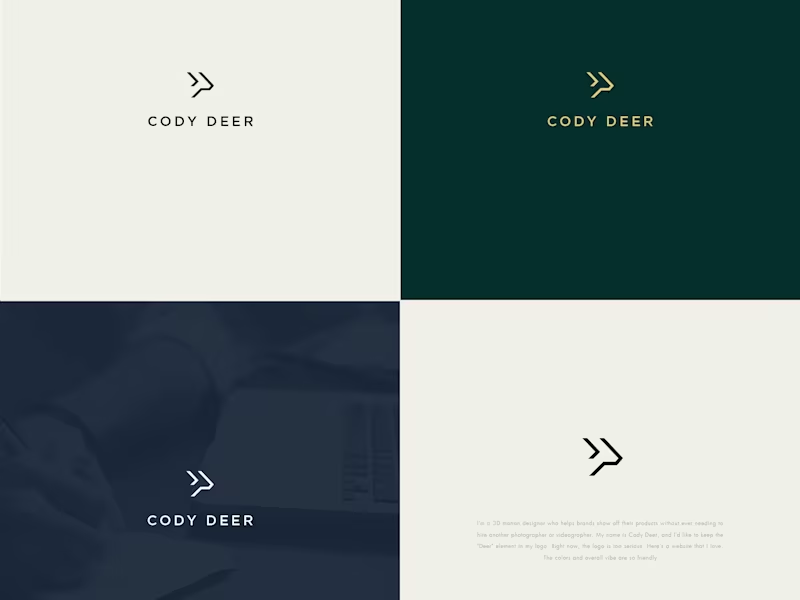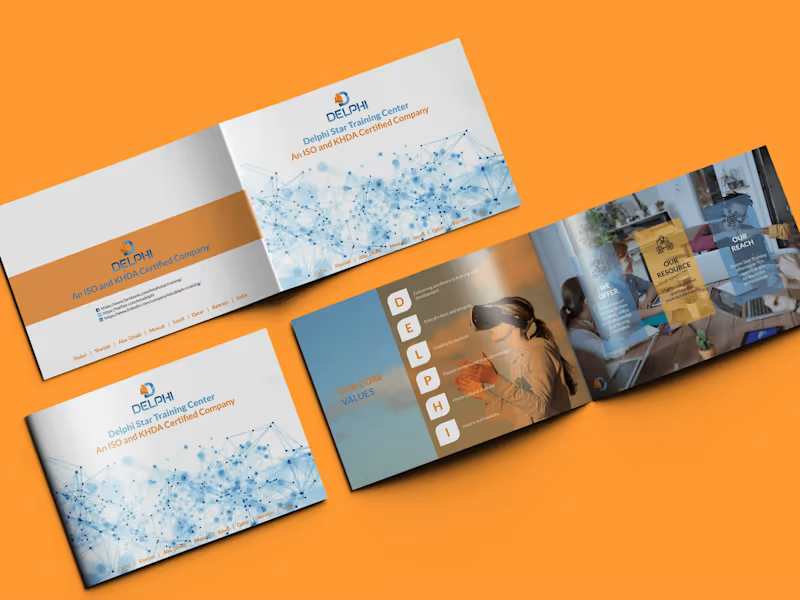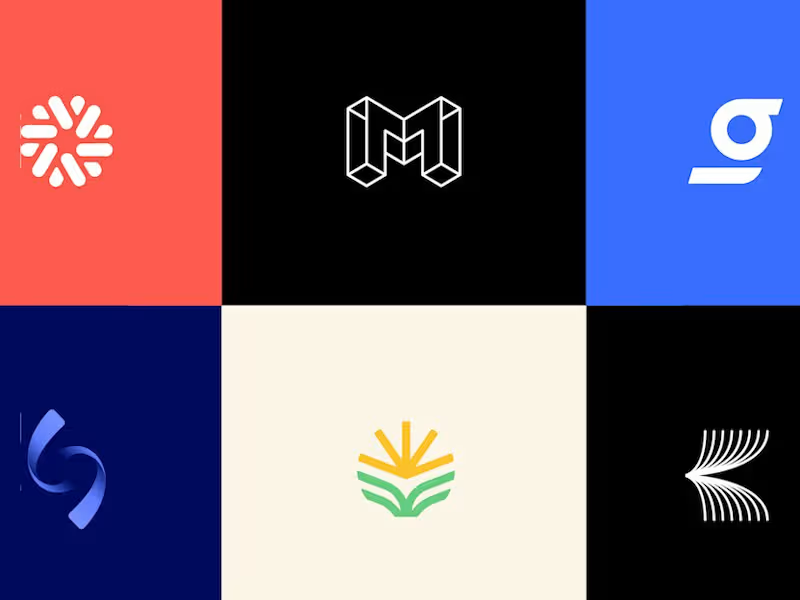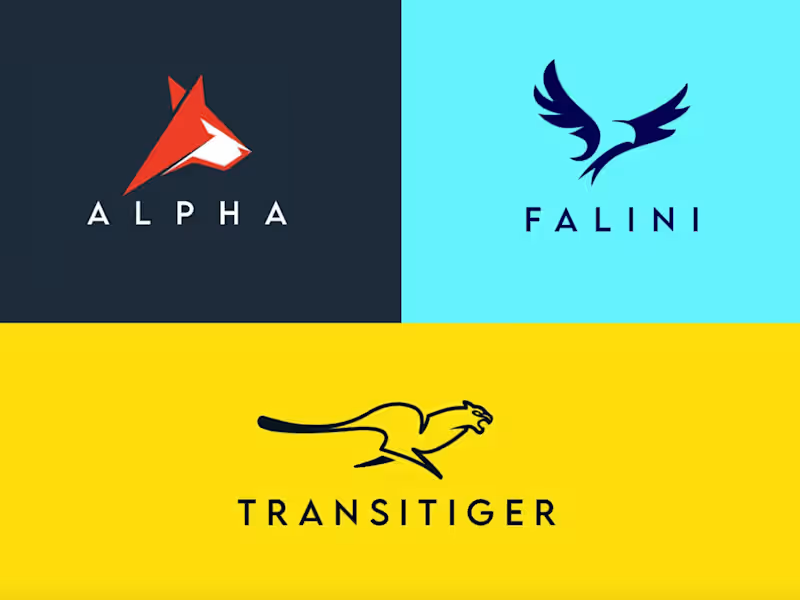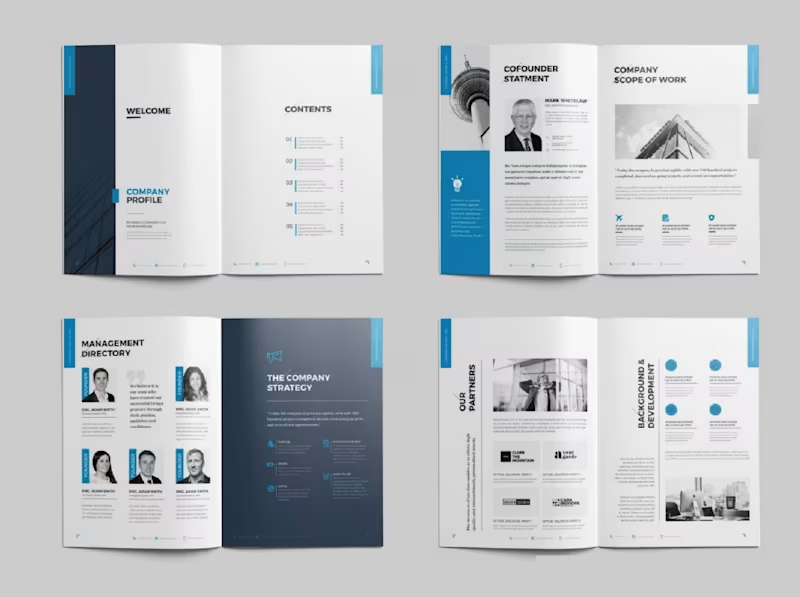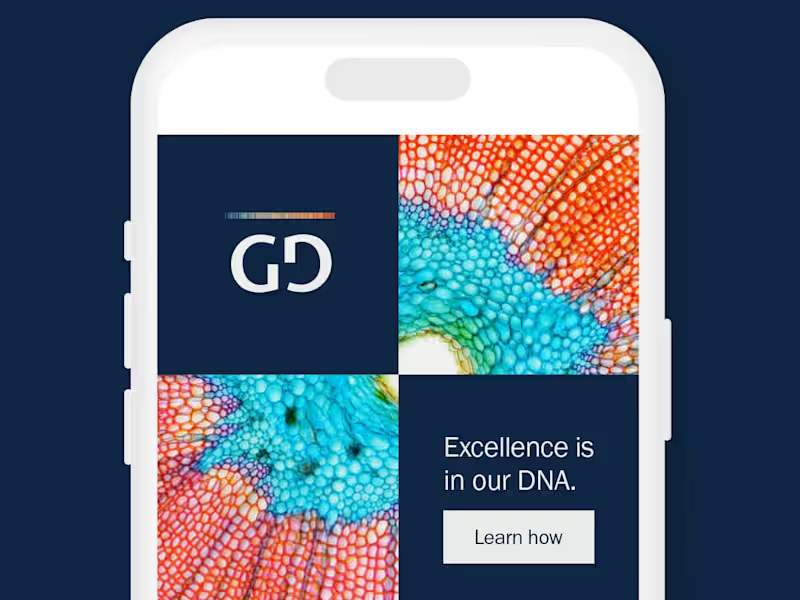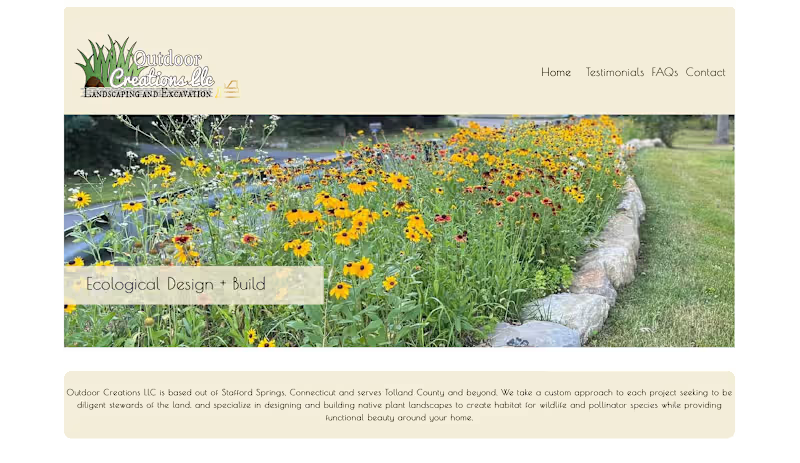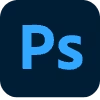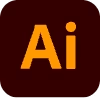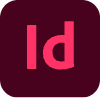How can I describe my project clearly?
Start with what you want. Think about the colors, style, and feeling you want your project to have. If you have examples you like, share them. This will help the graphic designer understand your vision better. Good communication leads to great designs.
What should I include in a graphic design brief?
A design brief is like a roadmap for your graphic designer. Include your project goals, target audience, and any brand guidelines. Mention your timeline and specific deliverables, like logos or banners. This helps the designer know exactly what you need.
How can I ensure the project aligns with my brand?
Share your brand colors, fonts, and logo with the designer. If you have a brand book, that's a great resource to share, too. Talk about the message and vibe you want to convey. The designer will use this information to keep everything consistent with your brand.
How do I decide on a project timeline?
Think about when you need the final design. Consider any extra time for revisions. Discuss timelines with the designer to see what’s realistic. Having clear deadlines helps your project run smoothly.
How can I check a designer's past work?
Look at their portfolio. A portfolio shows projects they’ve done before and their style. Ask the designer to share samples similar to what you need. This will give you confidence in their skills and creativity.
What do I need to know about intellectual property and designs?
Decide who will own the final design. Usually, designers grant clients the rights to use the design once it’s paid for. It’s good to discuss these rights ahead of time. Make sure everything is clear before the project starts.
How important is feedback during the design process?
Feedback helps the designer make changes that match your vision. Be specific with your feedback to avoid confusion. Regular check-ins can keep the project on track. This ensures you’re happy with the progress and the final product.
What if my project involves local events or places within Connecticut?
Discuss any local elements that need to be included, like landmarks or events. These details can make a design more relevant to people in Connecticut. Sharing this info helps the designer create something that resonates with the local audience.
How do I make sure my design is suitable for Connecticut audiences?
Consider what appeals to people in Connecticut. Think about local styles or preferences you notice. Discuss these with your designer. They can use this insight to create designs that connect with the local community.
How can I prepare for the first meeting with a graphic designer?
Make a list of questions and have examples of designs you like. Know your brand details and what the project needs. This first meeting is the start of a new project, and being prepared helps everything start on the right foot.
Who is Contra for?
Contra is designed for both freelancers (referred to as "independents") and clients. Freelancers can showcase their work, connect with clients, and manage projects commission-free. Clients can discover and hire top freelance talent for their projects.
What is the vision of Contra?
Contra aims to revolutionize the world of work by providing an all-in-one platform that empowers freelancers and clients to connect and collaborate seamlessly, eliminating traditional barriers and commission fees.
